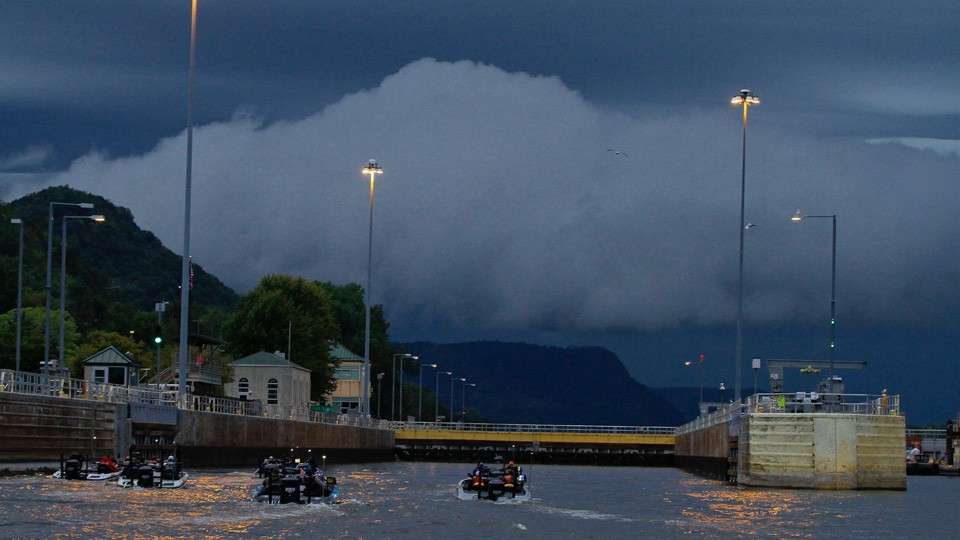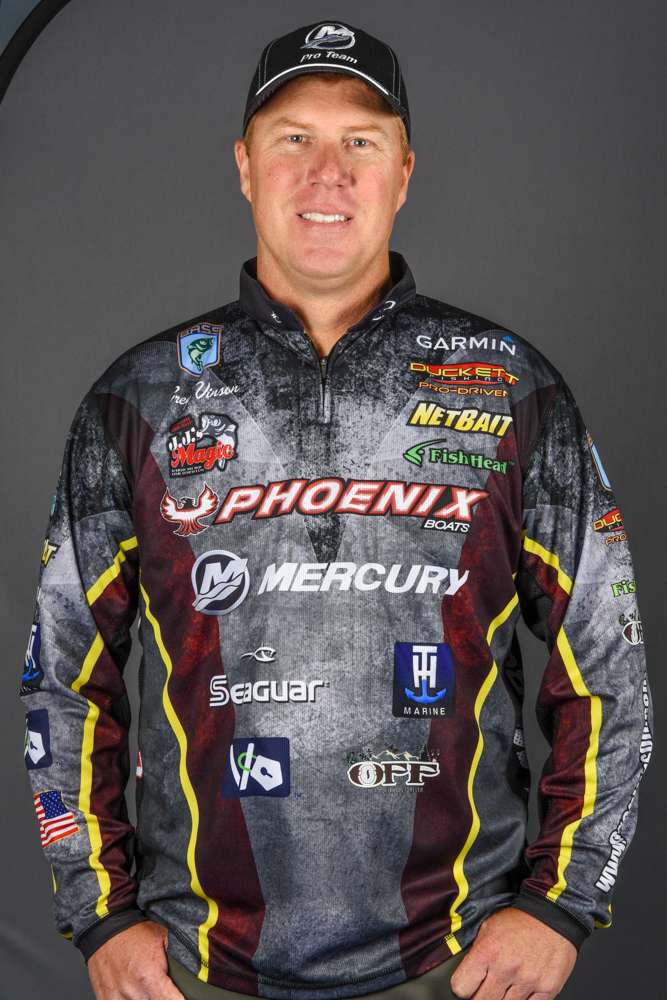
Weather is critical to a bass angler. It controls where the fish are likely to be found and, in some cases, if we can even get to them or fish for them the way we want. Knowing what’s going to happen is critical, but that’s not easy. However, not easy doesn’t mean impossible.
If I’m going to be fishing somewhere away from home, I start my weather watch by checking the historical data that’s available on the Internet — a full year back from when I’ll be fishing. I’ve already started doing that for next year’s Bassmaster Elite Series schedule. This gives me an idea of what to expect.
Every year is different. This is not a perfect system, but it’s the best that’s available. You can do exactly the same thing I do. Look to what the past offered and then make adjustments for current conditions.
As my tournament gets closer — or your fishing trip — I start looking at the two week forecast. This will tell me generally what I’ll be facing. When I’m ready to go fishing I watch the three day forecast. They’re usually pretty good, and I always spend some time looking at the next day’s hourly predictions. They’re even better.
Here’s how I use all of that and why it’s important to me.
The older, historical information gives me some idea of what the fish will be doing when I get to my venue. Maybe last year in May they were all moving off the beds, but if it has been an especially harsh and cold winter they might be a couple weeks earlier in their cycle.
The closer information lets me plan my trip in two ways. First, I can make an informed decision about what I want to look for when I study my maps. A stable weather pattern tells me I’ll probably be looking for the same type of water during my trip. An unstable pattern tells me I have to find different kinds of water if I’m going to be successful.
The other thing it does is tell me what my trip will be like. If it’s hot with violent thunderstorms in the afternoons, I want to make sure I know where the nearest cover is and how to get there. I don’t want to be 10 or 15 miles from safety when I see the sky getting dark and I hear the rumble of thunder.
The hourly information lets me fine-tune what I just said. If it says the storms will roll in around 4 p.m., I know I can safely fish a long ways from safety until a couple of hours before that. If I have a long run to get back I know how long I can stay where I’m at and still get safely back on time.
The other thing the closer information does is that it gives me a planning schedule as to where and how I’m going to fish. If there’s heavy rain on the way, I want to take that into consideration if I’m fishing a creek. Inflowing water can really activate a bite. It can also turn good water into useless chili looking stuff.
Knowing wind velocity and direction also helps me if I want to fish a windy bank, or if I am out on a massive flat and want to get off it before things get out of control.
Everything I’ve said applies just as much to recreational anglers as it does to tournament professionals. There’s really no difference between any of us when it comes to preparation. Knowing what’s going to happen will help you catch fish and stay safe. Weather forecasts aren’t perfect but they are a tool that every angler should use.
Three good places to get weather information are Accuweather, Weather Underground and the Farmer’s Almanac.

